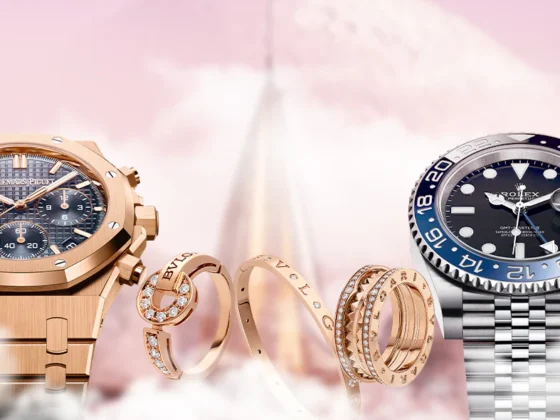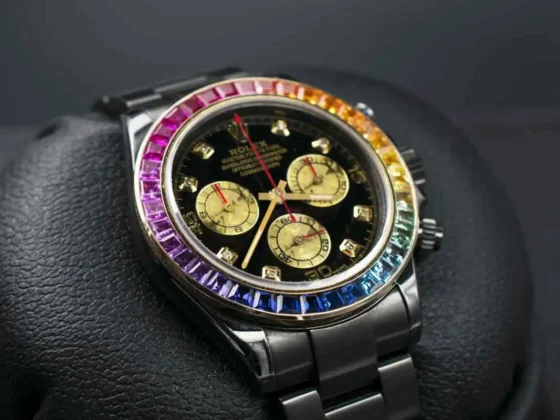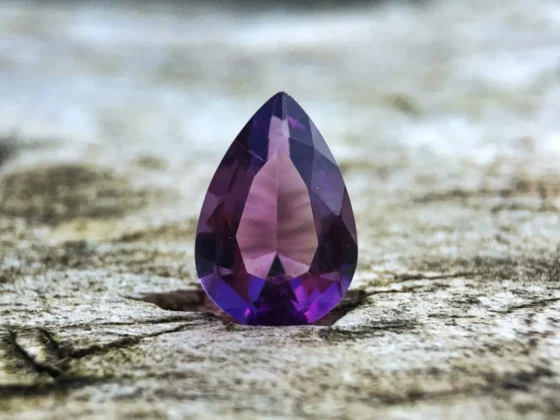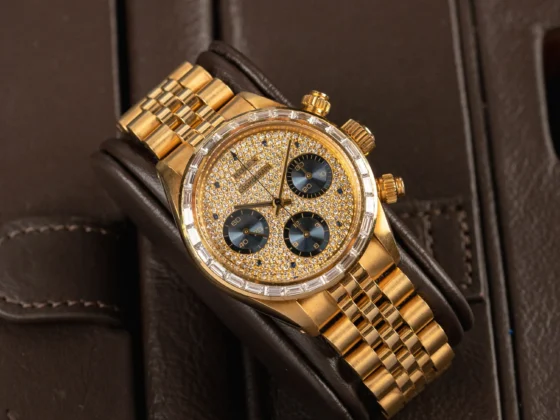Luxury watches and fine jewelry are often seen as timeless pieces of art, but they also hold incredible investment potential. While some items remain stable in value, others appreciate significantly over time, making them coveted assets for collectors and investors alike. This guide explores why certain luxury watches and jewelry increase in value over the years and how you can leverage this knowledge to build a portfolio that combines both passion and profit.
Why Watches and Jewelry are Good Long-Term Investments
Fine watches and jewelry have intrinsic qualities that make them appealing as long-term investments. Unlike many other assets, they offer a unique blend of emotional satisfaction and financial returns. The right pieces can serve as both a symbol of personal achievement and a stable store of value, offering security in uncertain economic climates. This dual purpose makes them highly desirable among collectors and investors.
Watches and jewelry also possess the rare ability to transcend generations, passing on both their aesthetic and monetary value. Their appeal is often linked to their craftsmanship, history, and brand prestige, all of which can drive up their value over time.
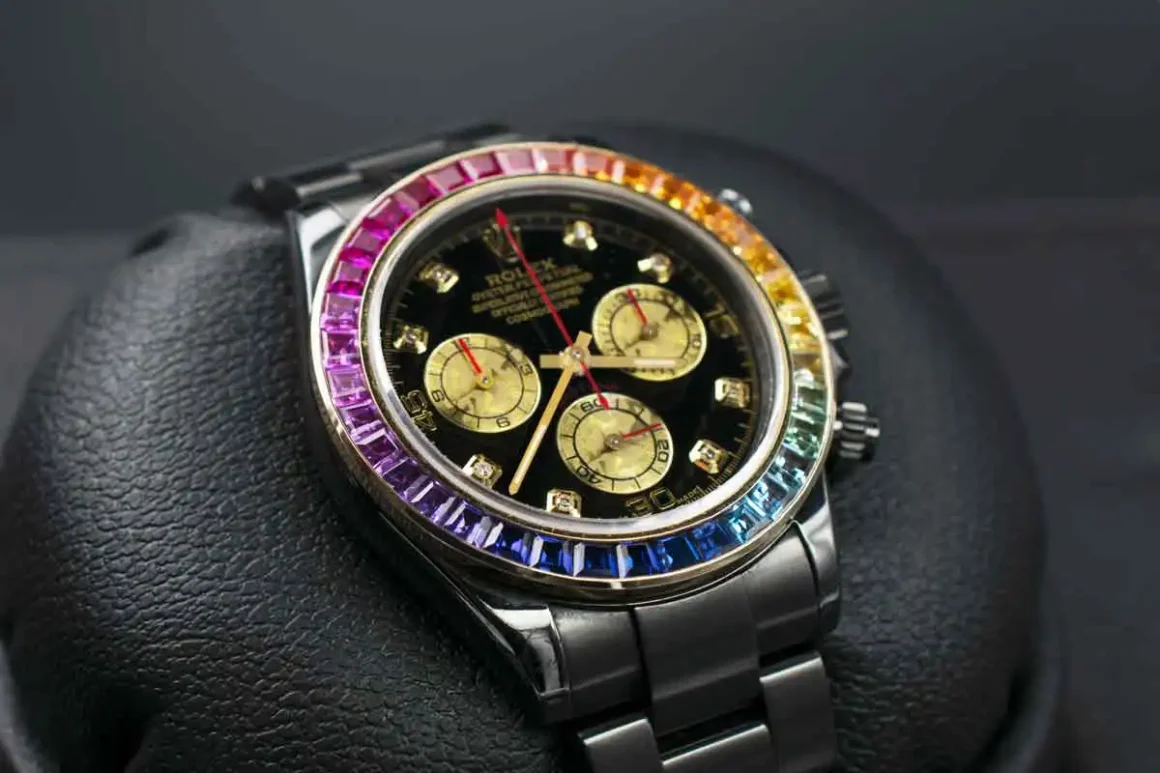
Key Factors Behind the Appreciation of Luxury Watches and Jewelry
1. Brand Prestige and Heritage
The name behind the piece matters significantly when it comes to appreciating value. Brands like Maison Designers, Patek Philippe, Rolex, Cartier, and Audemars Piguet are synonymous with luxury and craftsmanship, which is why their products often see consistent appreciation. These brands have a long history of creating pieces that are not only visually stunning but also meticulously engineered, cementing their place in the upper echelons of luxury.
Timepieces and jewelry from prestigious brands carry a certain level of trust and desirability that contributes to their continued value growth. Investors look for these well-established names because they have a proven track record of holding or increasing value, often outperforming less renowned brands.
2. Rarity and Limited Editions
The rarer a luxury watch or piece of jewelry is, the more likely it is to appreciate in value. Limited-edition pieces or items that are no longer in production often attract significant attention in the secondary market. The scarcity of such items creates a sense of exclusivity, making them highly sought after by collectors willing to pay a premium.
For example, Patek Philippe’s limited-edition watches or Cartier’s rare vintage jewelry pieces tend to fetch high prices at auctions. The simple economic principle of supply and demand plays a significant role here—if an item is hard to come by, its value increases as collectors vie to add it to their collections.
3. Craftsmanship and Materials
Exceptional craftsmanship and high-quality materials are the cornerstones of luxury watches and jewelry, and these factors also contribute to their investment potential. Watches featuring complicated movements, such as tourbillons, perpetual calendars, or minute repeaters, demonstrate technical mastery, and thus are more likely to appreciate over time.
In jewelry, the value of materials—such as gold, platinum, and rare gemstones—plays a significant role. High-grade diamonds, sapphires, emeralds, and other gemstones enhance the investment potential of a piece, especially if they are expertly cut and mounted by renowned jewelers.
4. Condition and Provenance
The condition of a watch or piece of jewelry is critical when it comes to resale value. Items in pristine condition—those that have been well-maintained, serviced regularly, and come with their original box and paperwork—will always command higher prices. Provenance, or the history of ownership, can also increase the value of an item. Watches and jewelry once owned by notable individuals or with a unique story behind them are particularly valuable.
For example, watches that belonged to celebrities or royalty, or jewelry pieces with a famous backstory, often sell for many times their original value. Collectors are drawn not only to the item itself but also to its historical significance.
5. Market Trends and Collectibility
The collectibility of certain watches and jewelry can significantly influence their investment value. Some timepieces and jewelry collections gain cult status due to their design, rarity, or association with a particular era. Vintage watches and retro-style jewelry, for instance, have seen a resurgence in popularity, driving up their value as more collectors seek out these timeless pieces.
Additionally, the overall demand for luxury goods is influenced by cultural trends and economic factors. In recent years, there has been a noticeable increase in the interest in sustainable and ethically sourced luxury items. Jewelry featuring conflict-free diamonds or eco-friendly gold, for example, may see higher appreciation in value as the market shifts toward more conscious consumerism.
6. Historical Significance and Cultural Influence
Watches and jewelry with historical or cultural significance often appreciate more than others. Pieces that mark milestones in horological history or that represent iconic design movements are particularly valuable. For instance, vintage watches from the Art Deco era or iconic jewelry pieces that defined specific periods often gain value as their cultural significance becomes more recognized over time.
Similarly, watches associated with pioneering technologies or landmark innovations in the watch industry tend to attract high levels of interest from collectors. Historical relevance adds an intangible layer of value that transcends the materials and design of the piece itself.
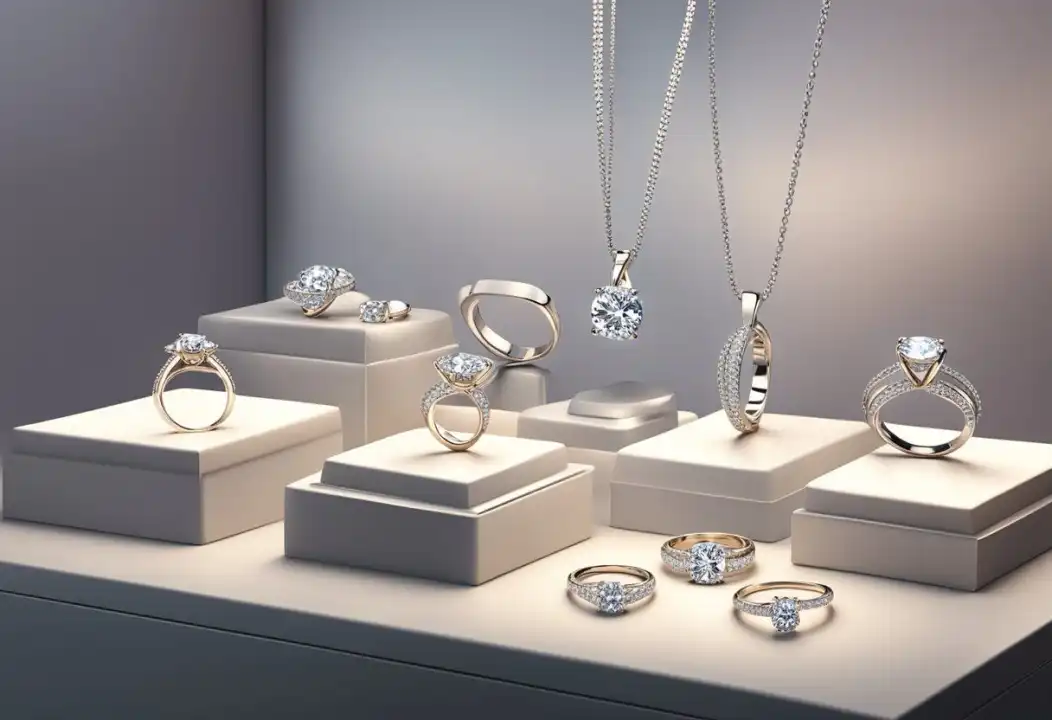
How to Invest in Appreciating Watches and Jewelry
1. Focus on Established Brands
When looking to invest in luxury watches and jewelry, focus on well-established brands with a strong history of value appreciation. Brands like Patek Philippe, Rolex, and Cartier have consistently demonstrated their ability to appreciate over time.
2. Seek Out Rare and Limited Editions
Rare and limited-edition pieces are more likely to appreciate in value. Look for watches and jewelry that are produced in limited numbers or that feature unique design elements.
3. Pay Attention to Market Trends
Stay informed about the latest market trends and how they affect the value of certain brands and models. Auction houses like Christie’s and Sotheby’s provide valuable insights into current demand and which items are appreciating the most.
4. Maintain Proper Care and Documentation
Ensure that your luxury items are properly maintained and serviced to preserve their value. Keeping the original packaging, documentation, and certificates of authenticity is crucial for maximizing resale potential.

Conclusion
Luxury watches and jewelry are more than just beautiful objects—they are also valuable investments that can appreciate significantly over time. By understanding the key factors that drive the value of these items, such as brand prestige, rarity, craftsmanship, and market trends, you can make informed decisions that maximize your investment potential. Whether you’re an avid collector or a savvy investor, focusing on high-quality, rare pieces from reputable brands will ensure that your collection continues to grow in value.


